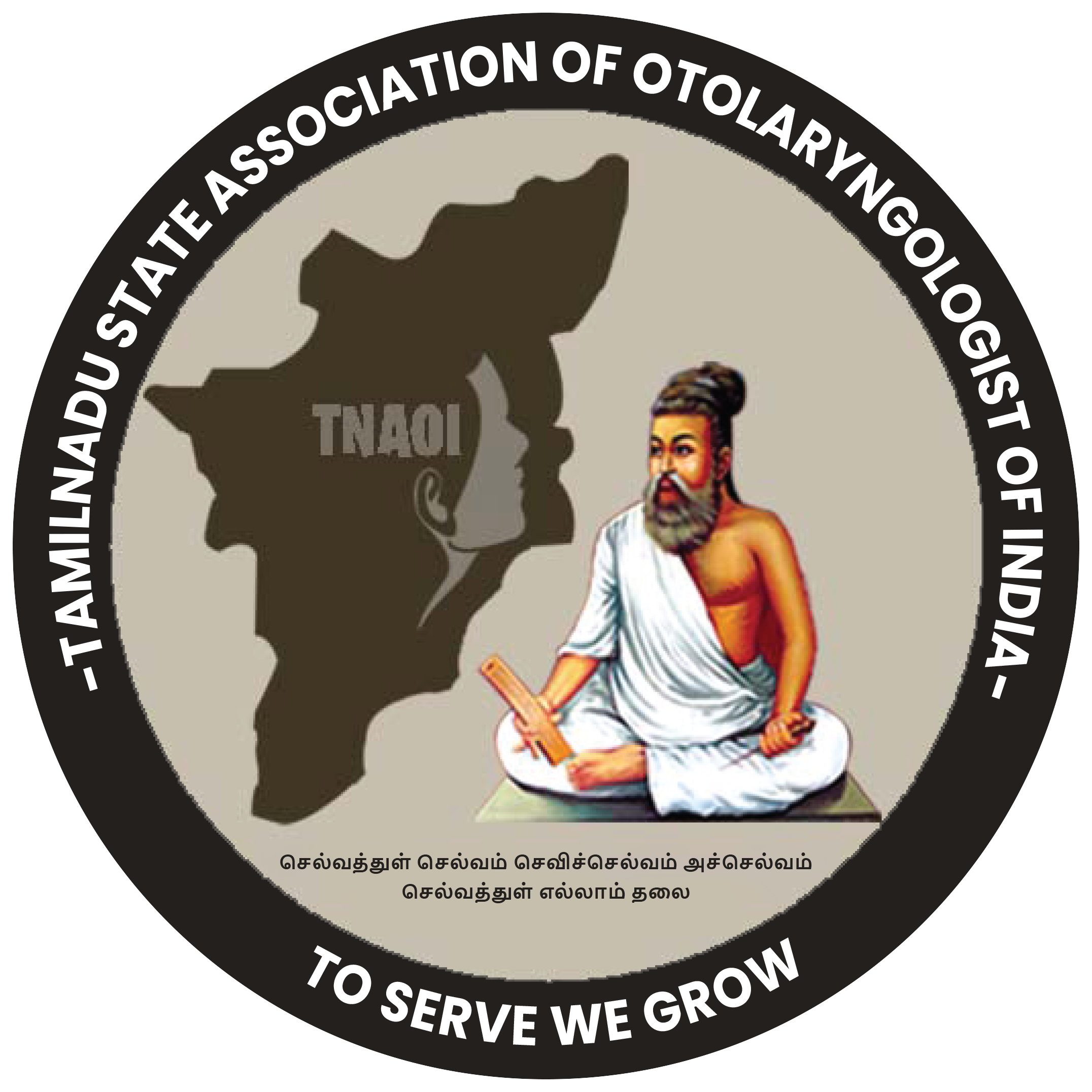Our experience in postoperative management of total laryngectomy – A case series
DOI:
https://doi.org/10.54646/TNAOI.2024.02Keywords:
laryngectomy, laryngeal, neoplasms, postoperative complications, length of stay, fistulaAbstract
Total laryngectomy (TL), is indicated as a treatment option in either the primary treatment (primary total laryngectomy) of advanced laryngeal cancers or as a salvage procedure (salvage total laryngectomy) following recurrence after laser surgery, radiation or chemoradiation. Establishing comprehensive standards of care for patients undergoing total laryngectomy in the postoperative period has proven challenging. Perioperative care continues to exhibit considerable variability, often relying on anecdotal practices. The aim of this study to share our experience on a case series of patients who have undergone TL, the challenges we encountered during the postoperative period and to identify risk factors associated with postoperative complications and its management in the perioperative care of Total Laryngectomy patients. A retrospective analysis of 10 patients who underwent total laryngectomy at Rajiv Gandhi Government General Hospital, Chennai were included in the study. 4 of them were cases of recurrent laryngeal carcinoma after failure of initial definitive radiotherapy (RT) with or without chemotherapy. 4 out of 10 patients developed complication. Complications, primarily pharyngocutaneous fistula were observed in 3 patients which was management surgically by flap cover closure. Complications occurred among patients with poor wound healing risk factors such as comorbidities like diabetes mellitus and radiation which increased hospital stay, antibiotic duration and time to initiate oral feeds among reconstructed patients. This analysis contributes insights into postoperative challenges and risk factors associated with complications in TL patients.


 | Publication Ethics
| Publication Ethics | Editorial Workflow
| Editorial Workflow | Article Processing Charges
| Article Processing Charges | Allegations of Misconduct
| Allegations of Misconduct | Appeals
| Appeals | Author Guidelines
| Author Guidelines | Editor Guidelines
| Editor Guidelines | Reviewer Guidelines
| Reviewer Guidelines | Peer Review Policy
| Peer Review Policy | Open Access Policy
| Open Access Policy | Plagiarism Policy
| Plagiarism Policy | Copyright
| Copyright | Privacy Policy
| Privacy Policy | Editorial Guidelines
| Editorial Guidelines | Archiving
| Archiving | Revenue Sources
| Revenue Sources